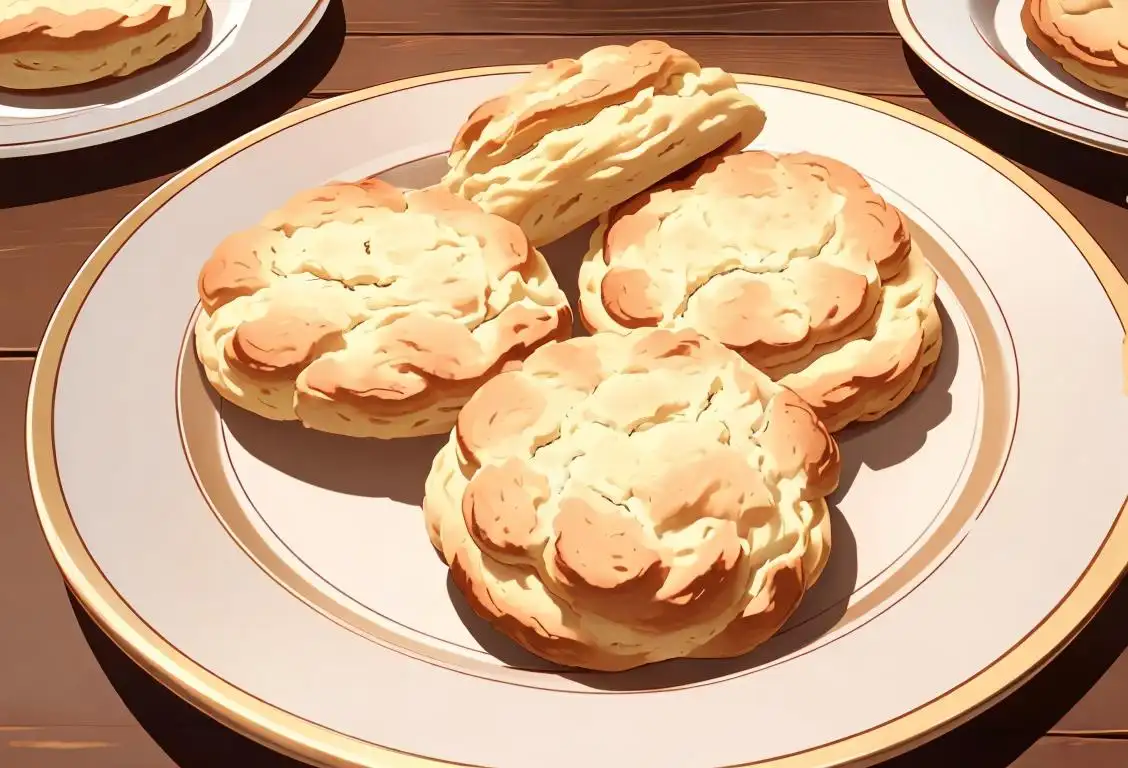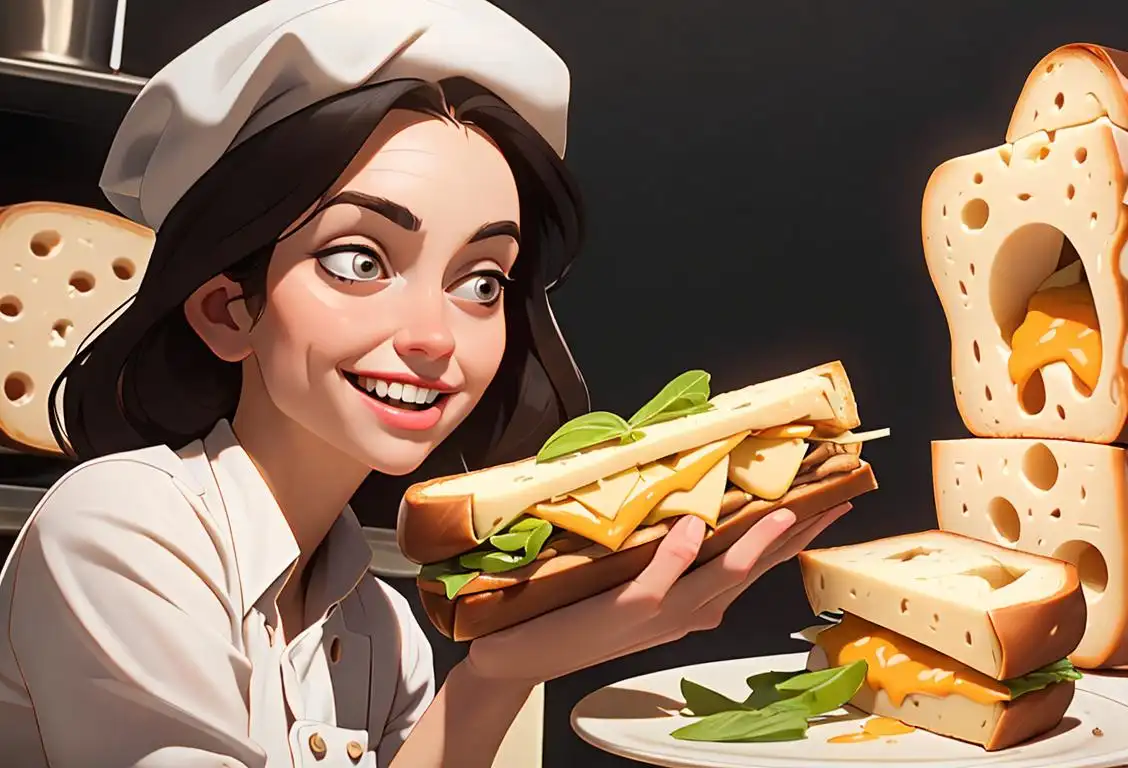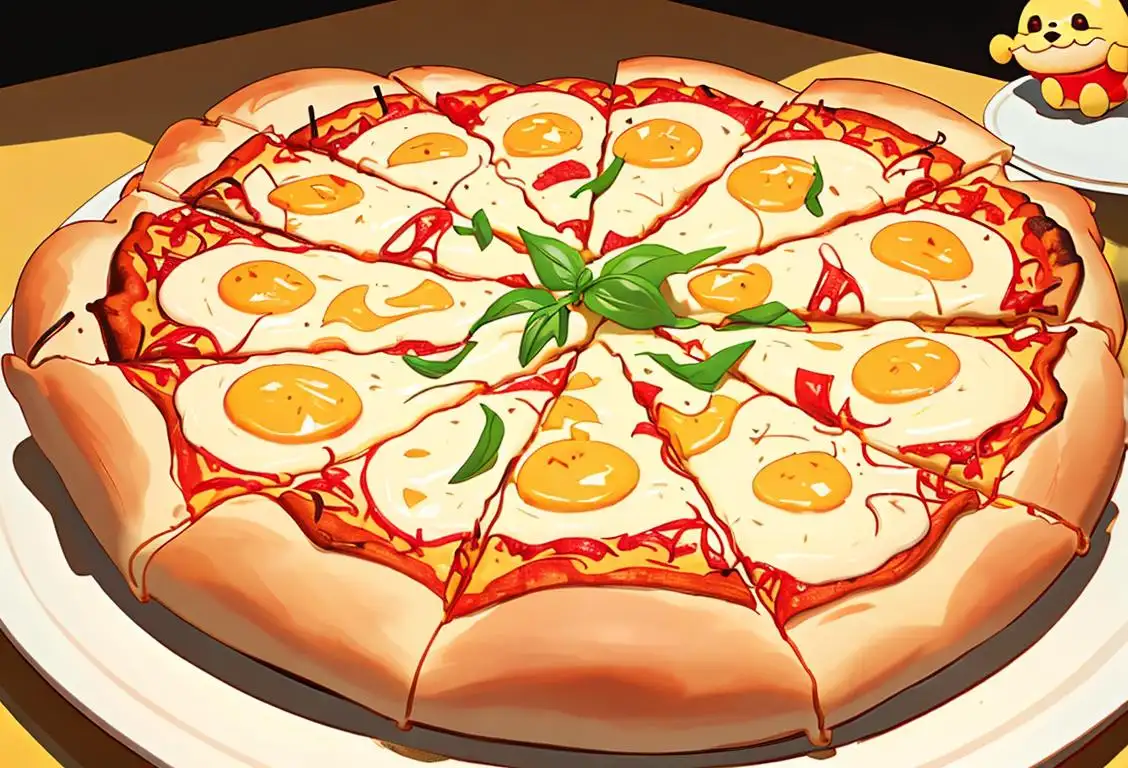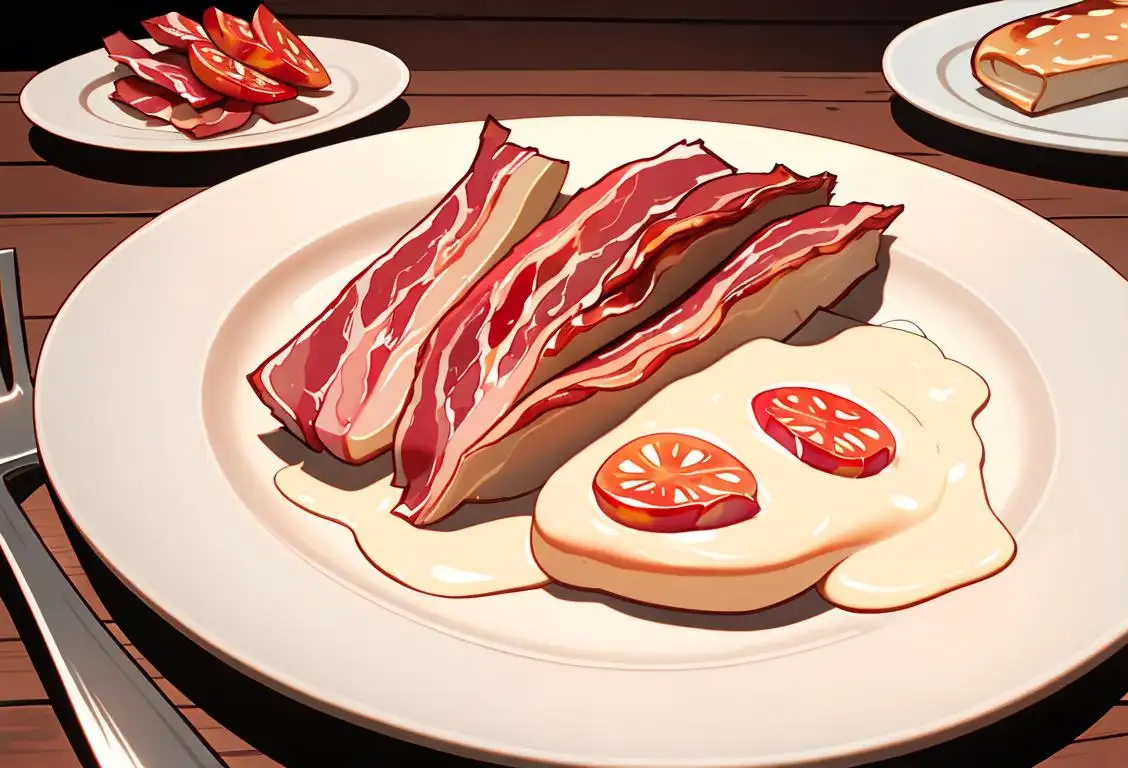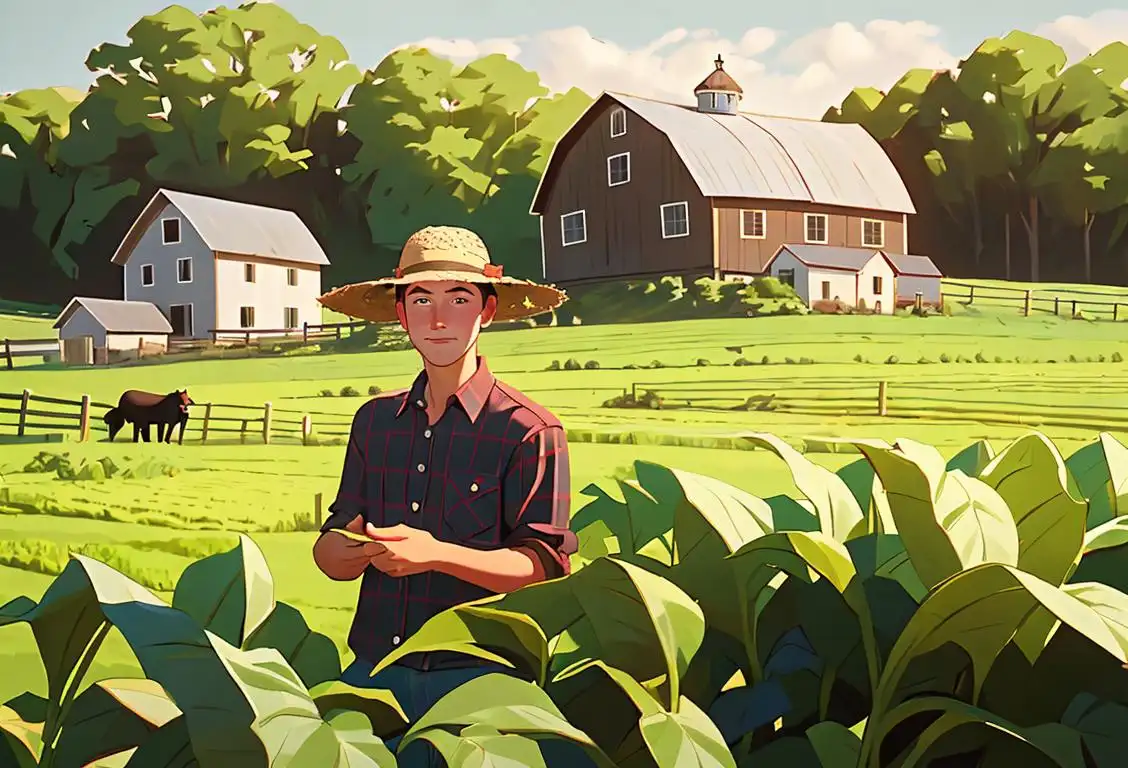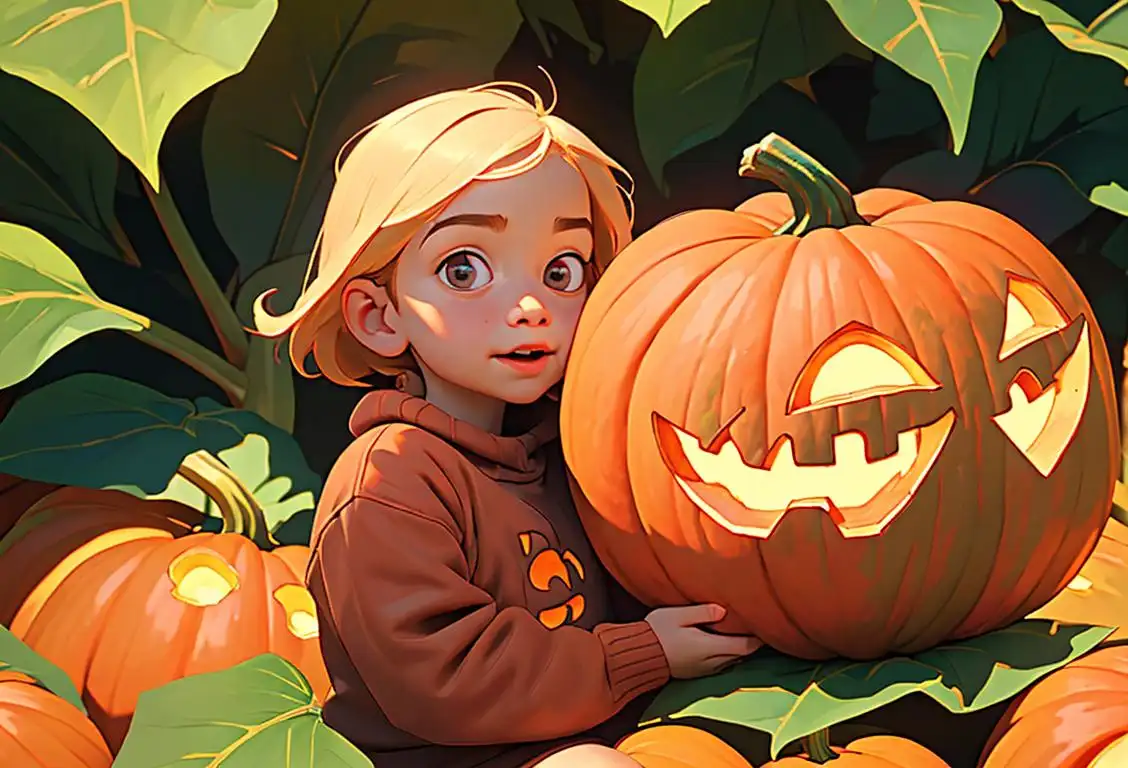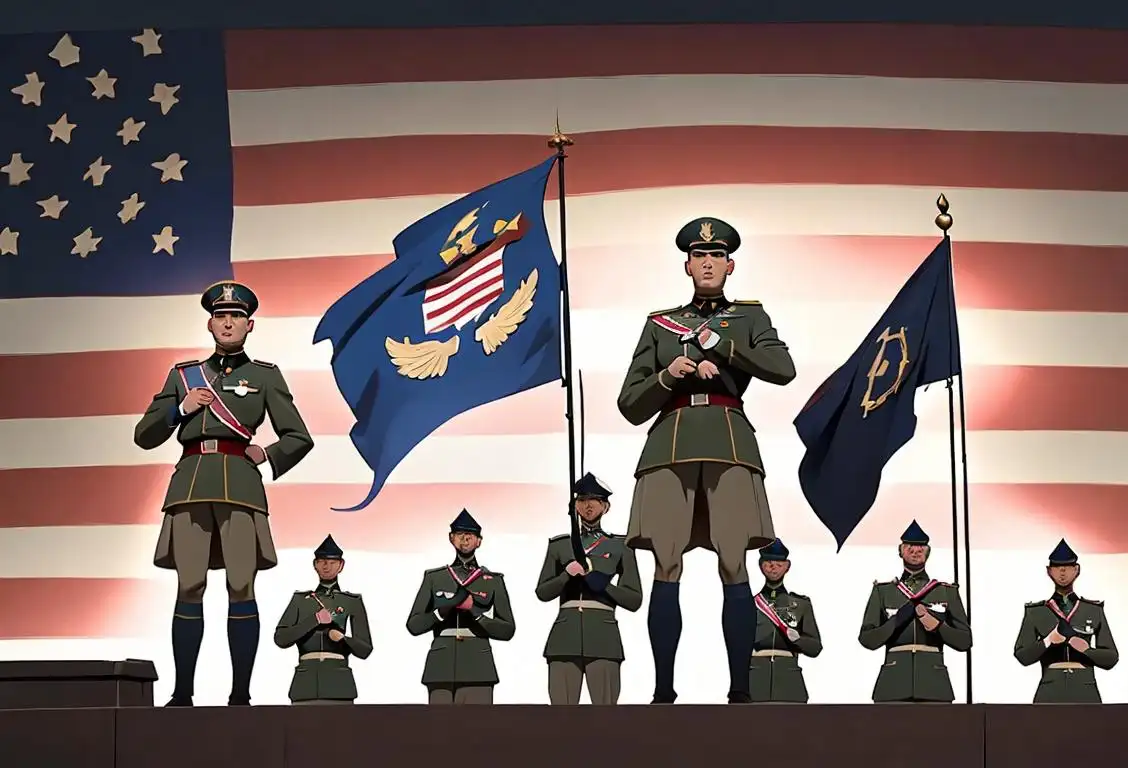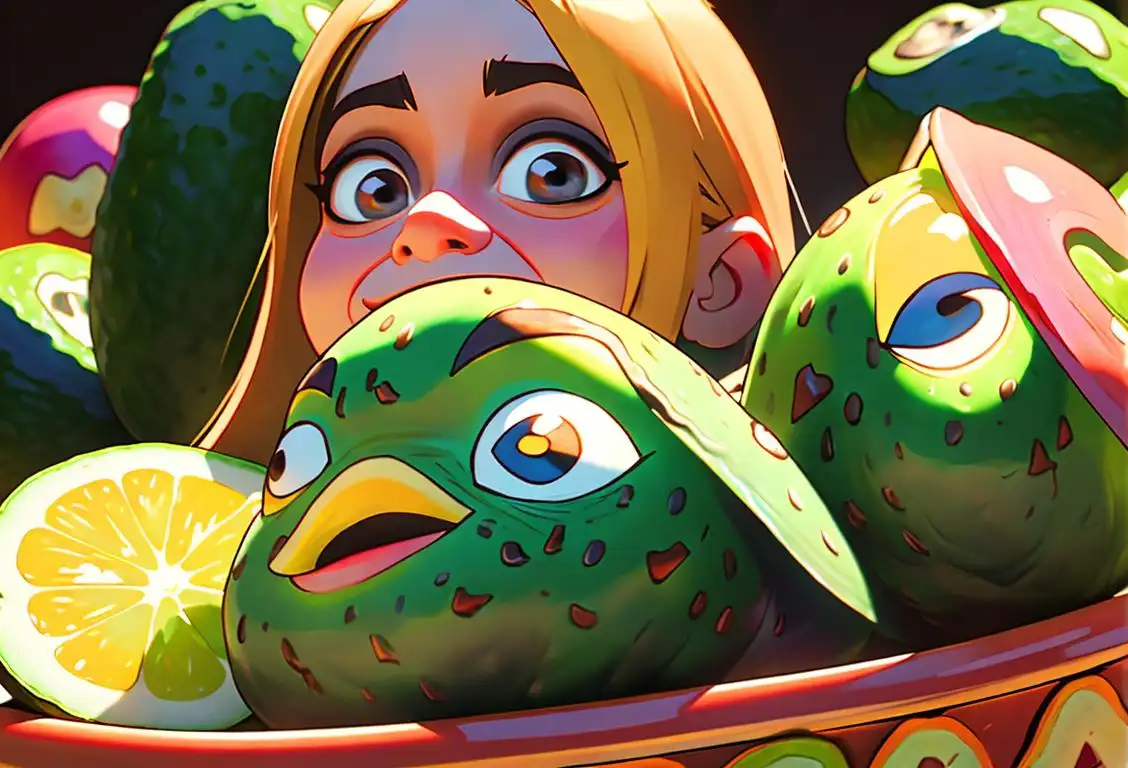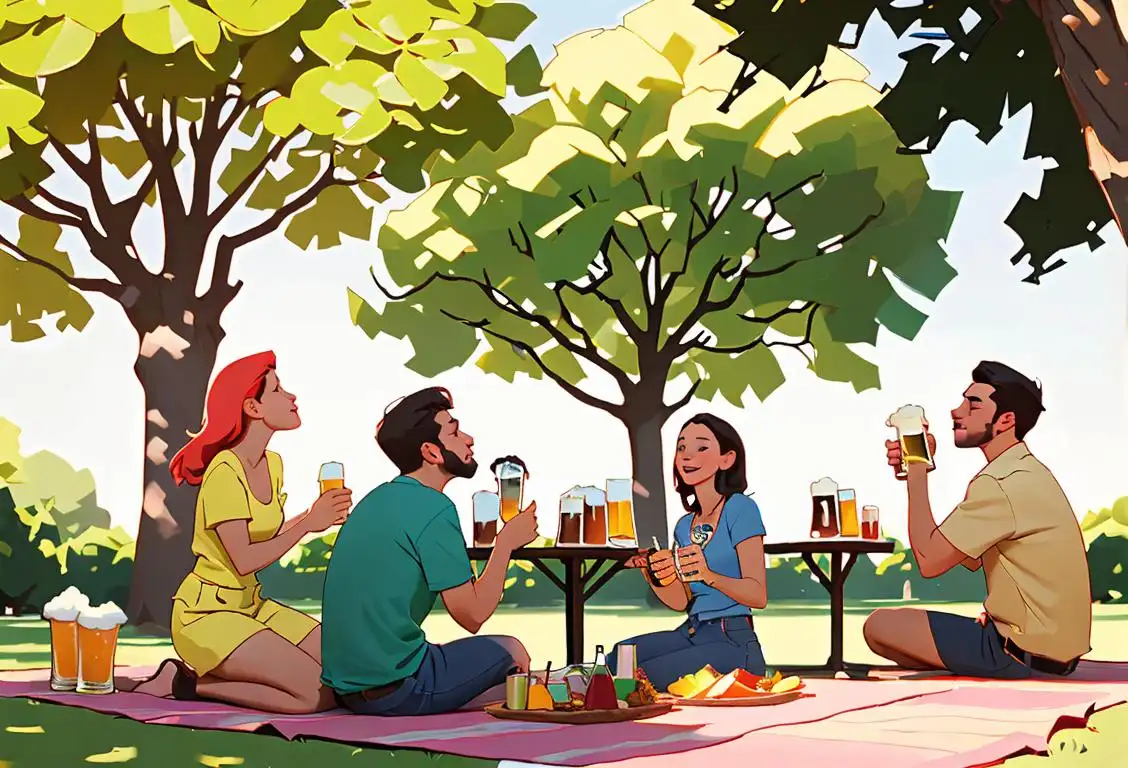National Toast Day
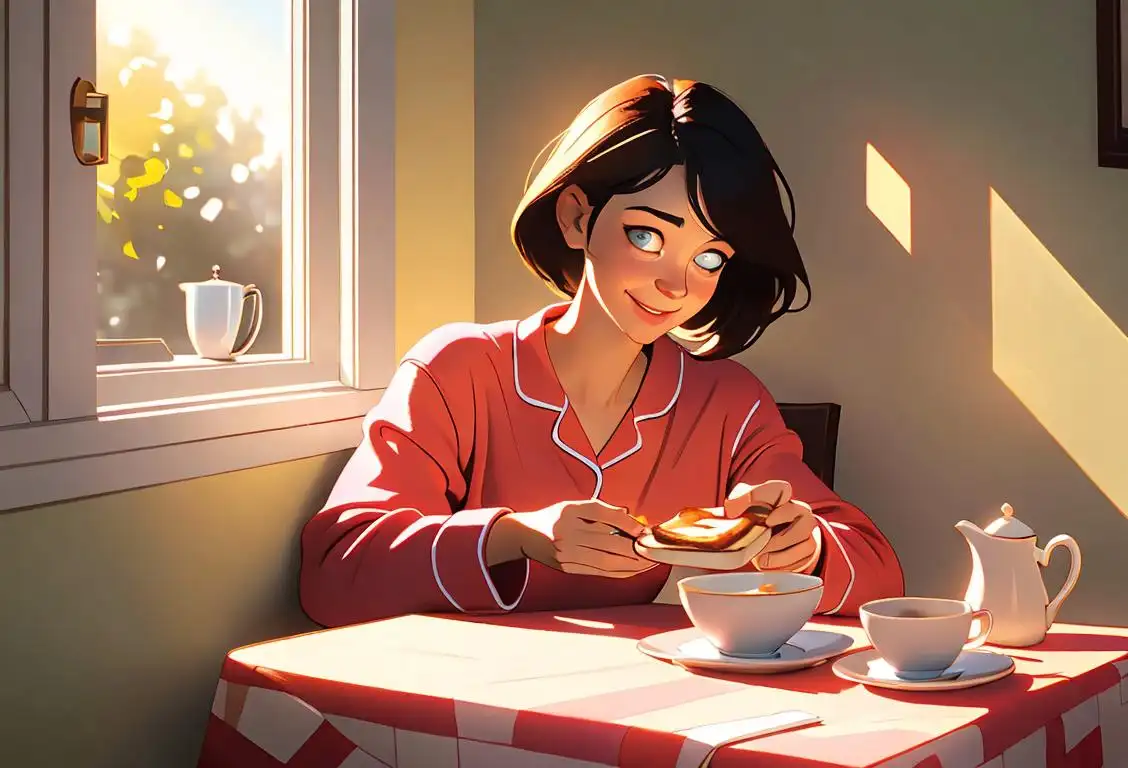
Have you ever felt your morning breakfast toast deserved a standing ovation? Well, you're not alone! On National Toast Day, people across the globe unite to pay homage to the humble, yet deliciously versatile, piece of toast.
When is Toast Day?
It's national toast day on the 23rd February.
The Celebration of the Humble Piece of Toast
While the beginnings of National Toast Day can be traced back to the United Kingdom in 2014, it has quickly spread across the globe, making us declare 'all hail toast' annually on February 23rd. This is perhaps the only day when toasting isn't about raising a glass, but about baking a slice.
The Ascendance of Toast Popularity
According to our data harvested from the deep reaches of the web, on February 23, 2016, people seemed to go, ahem, 'toast crazy', with an impressive 10,005 mentions of National Toast Day. That's a lot of bread!
Recipes on Toast to Tradition
From sweet toppings like honey and jam to savory accompaniments like scrambled eggs and avocado, toast offers a simplicity that makes it the perfect canvas for culinary creativity. And let's not forget the powerhouse toast pairs like beans on toast, cheese on toast, and the universally adored, peanut butter on toast.
The Most Loved Crust to Crumb Celebrations
Whether you're a gluten-free warrior, or advocate for whole grain goodness, National Toast Day is all about embracing the special bond we share with our beloved breakfast buddy. So, here's to toast – may it always be slightly crunchy on the outside, soft on the inside, and absolutely fantastic when paired with a hot cup of coffee!
History behind the term 'Toast'
500 BC
Ancient Greek Origins
Toasting has its roots in ancient Greek tradition. During symposia, a popular social gathering, guests would raise their glasses and make a toast as a way to show respect and honor to the host. This tradition is believed to date back to around 500 BC.
16th Century
Toast Asignifying Drink
During the 16th century, the term 'toast' started to be used in England, but it had a slightly different meaning. At that time, a 'toast' referred to a piece of spiced toast or a similar item that was placed in a wine glass to enhance the flavor of the drink. The toast would soak up some of the wine, adding aroma and taste.
17th Century
Raising Glasses to Health
By the 17th century, the English toast tradition evolved to include raising glasses to the health and well-being of others. It became customary for guests to toast the health of their hosts or to propose toasts in honor of specific individuals or occasions. This practice spread across social circles and became a significant part of social gatherings and celebrations.
18th Century
Toasting as a Formal Ceremony
In the 18th century, toasting became a highly formalized ceremony. Toastmasters emerged, responsible for proposing and leading toasts during formal events. Various rules and protocols were established for making toasts, including proper timing, speech patterns, and etiquette. Toasts became a symbol of civility and refinement.
19th Century
Toast as a Gesture of Celebration
In the 19th century, toasting became associated with celebratory events and milestones. Toasts were made in honor of birthdays, weddings, anniversaries, and other significant occasions. Toasting became a way to express joy, goodwill, and camaraderie among friends and loved ones.
20th Century
Toasting to Success
During the 20th century, the act of toasting extended beyond personal celebrations. Toasts were given in business settings, political gatherings, and even entertainment events. Toasting became a way to acknowledge achievements, express gratitude, and inspire confidence. It became a versatile gesture used in various contexts.
Present Day
Toasting as a Global Tradition
In the present day, toasting has become a global tradition. People from various cultures and backgrounds continue to raise their glasses in celebration, tribute, and camaraderie. Whether it's a simple 'cheers' among friends or a formal toast at a special event, the act of toasting has transcended time and continues to connect people in a joyful and meaningful way.
Did you know?
Did you know that the idiom 'the best thing since sliced bread' originally comes from the automatic bread slicing machine invented in 1928? It's safe to say that without this invention, our toasty celebrations wouldn't be quite the same.Tagged
awareness food fun loved onesFirst identified
20th August 2015Most mentioned on
23rd February 2016Total mentions
10005Other days
Biscuit Day
Cheese Lovers Day
Cheese Pizza Day
Bacon Day
Agriculture Day
Pumpkin Day
Foundation Day
Medal Of Honor Day
Guac Day
Drink A Beer Day
